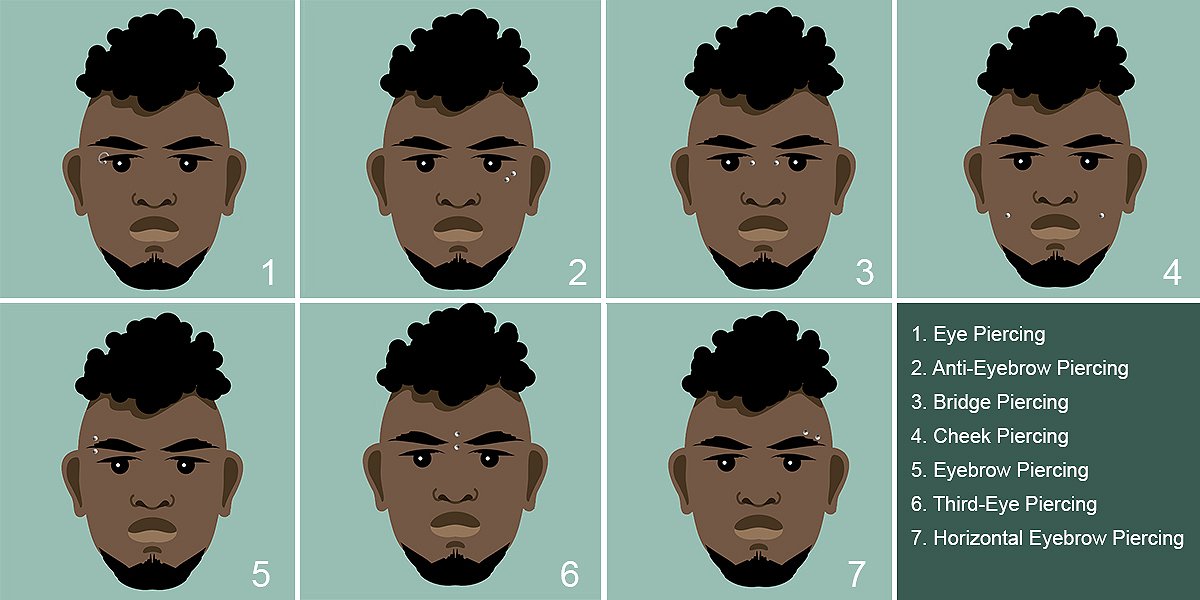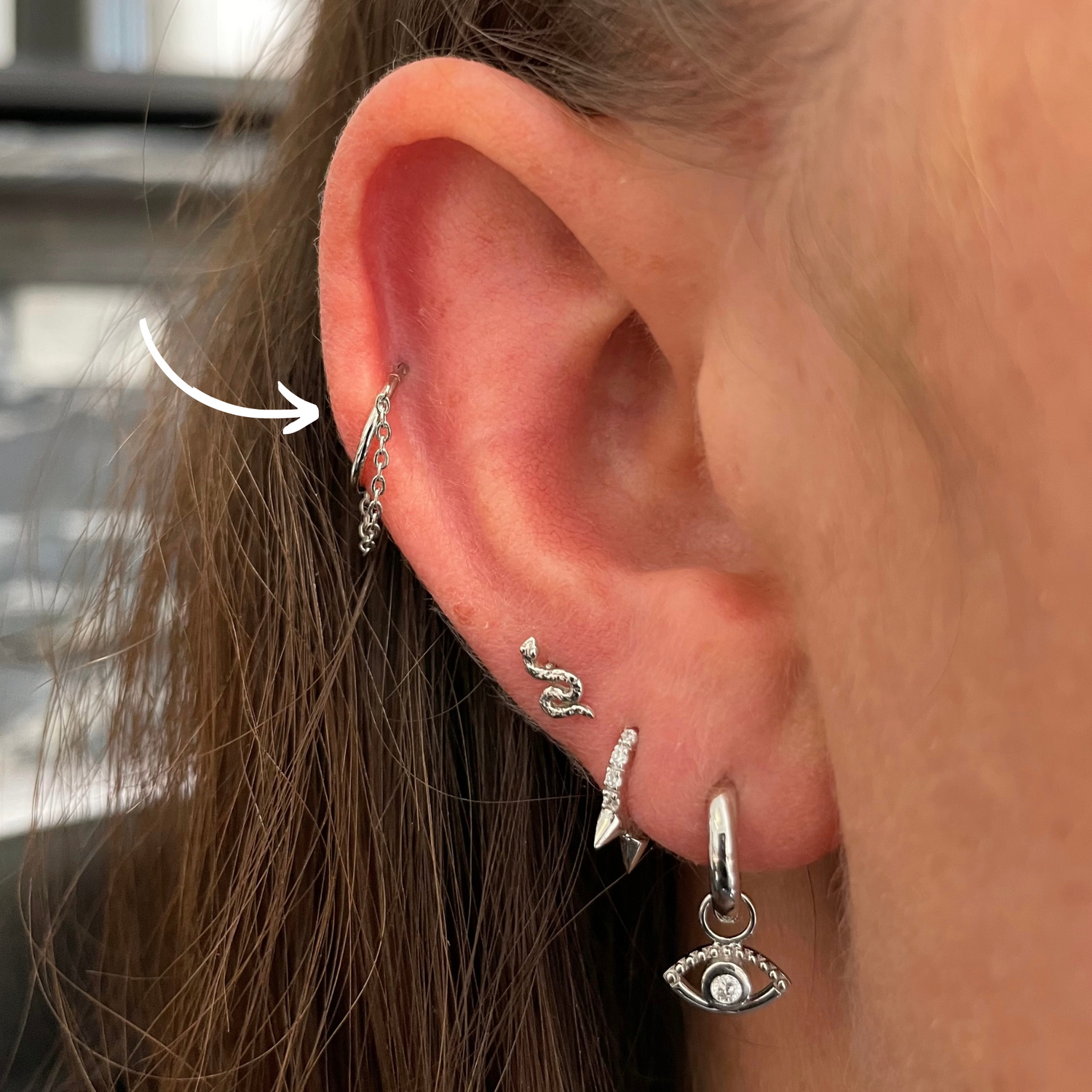Piercing Pain Scale: From Least to Most Painful

Earlobe Piercings
Considered one of the least painful piercings, earlobe piercings involve minimal nerve endings and thin skin, resulting in mild discomfort during the procedure. Many individuals liken the sensation to a quick pinch, making it an ideal choice for piercing beginners.
Nostril Piercings
Nostril piercings rank slightly higher on the pain scale due to the dense cartilage and sensitive tissue in the nasal area. While the initial piercing may cause moderate discomfort, the healing process can be more challenging, requiring patience and proper aftercare.
Lip Piercings
Lip piercings, including labret and Monroe piercings, involve piercing through the fleshy tissue of the lip, resulting in moderate to high levels of pain. The presence of numerous nerve endings and muscle tissue in the lip area contributes to the intensity of sensation during the piercing procedure.
Cartilage Piercings

Piercings in cartilage-rich areas such as the helix, conch, and tragus are known for their higher pain levels. The dense cartilage structure and limited blood supply in these areas can amplify the sensation of pain during both the piercing and healing stages.
Genital Piercings
Genital piercings, including Prince Albert, clitoral hood, and nipple piercings, are often considered among the most painful due to the sensitivity of the area and the presence of numerous nerve endings. The level of pain experienced during genital piercings varies greatly depending on individual anatomy and tolerance.
Surface Piercings
Surface piercings, which involve piercing through flat surfaces of the body such as the nape, collarbone, or wrist, can be particularly painful due to the lack of underlying cartilage or muscle support. These piercings also carry a higher risk of rejection or migration, requiring careful consideration and expert placement.



